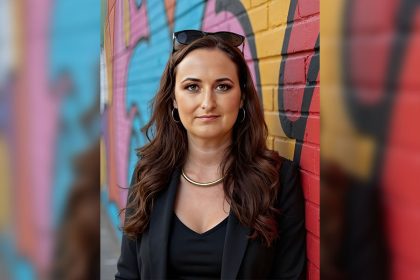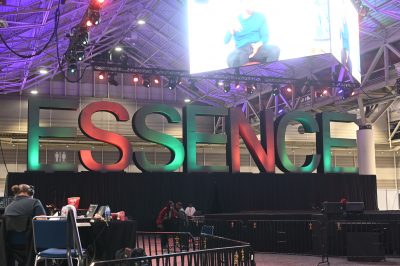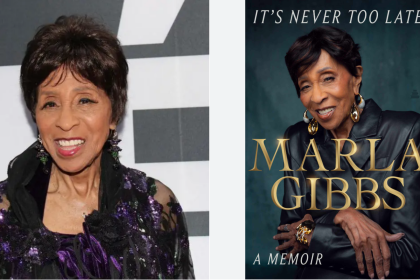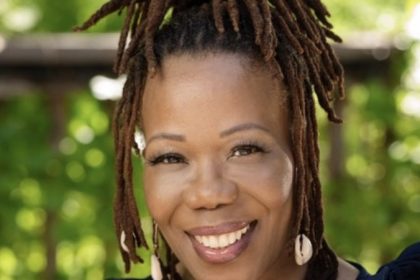Queer writers have been at the forefront of reshaping literature for decades, transforming narratives and expanding the boundaries of storytelling. From early pioneers who broke barriers to today’s innovative authors, their courage and creativity have laid the groundwork for inclusive storytelling that continues to flourish. This article highlights the significant contributions of contemporary queer authors who are amplifying their voices and reshaping modern literature.
Writing as a safe haven
For many queer writers, writing serves as a sanctuary for self-expression in a world that can often feel dismissive or hostile. Through their work, they delve into themes of identity, relationships and societal norms with authenticity and depth. The literary space has evolved into a hub where queer individuals can connect, feel seen and thrive.
These literary spaces allow authors to tackle complex themes and offer nuanced perspectives. By sharing their stories, queer writers foster empathy, understanding and solidarity among readers of all identities. Their works not only validate the experiences and emotions of queer readers but also educate and inspire allies.
5 queer writers shaping modern literature
Here are five remarkable queer writers whose stories, essays and poetry challenge readers to think differently and amplify queer voices:
1. Ocean Vuong
Ocean Vuong’s writing is nothing short of breathtaking. His novel, On Earth, We’re Briefly Gorgeous, weaves an intensely personal narrative about love, family and identity. Vuong’s prose is poetic, raw and tender, offering a glimpse into the complexities of growing up queer and Vietnamese-American. His work doesn’t just tell a story; it transforms the reader.
2. Jericho Brown
Jericho Brown’s poetry radiates power and vulnerability. His Pulitzer Prize-winning collection, The Tradition, examines themes like queerness, race and masculinity with unflinching honesty. Brown’s ability to blend lyricism with hard truths makes his work unforgettable, demanding that readers feel deeply rather than merely read.
3. Jacqueline Woodson
Jacqueline Woodson is a master storyteller whose work spans generations. Her memoir, Brown Girl Dreaming, captures her experiences growing up Black and queer, offering readers a heartfelt exploration of identity and resilience. In novels like Red at the Bone, Woodson examines the intersection of history, family and self-discovery with grace and depth.
4. Carvell Wallace
Carvell Wallace brings sharp insight and emotional honesty to his work. As an essayist and podcaster, he tackles topics like race, queerness and parenting with a voice that is both relatable and thought-provoking. His writing has appeared in outlets like The New York Times Magazine, where he explores cultural issues with clarity and heart.
5. Tre’vell Anderson
Tre’vell Anderson’s work is a celebration of queer and trans identity. In their memoir, We See Each Other, Anderson explores themes of visibility, erasure and self-acceptance. Their writing combines personal narrative with cultural critique, making it a vital addition to queer literature. Anderson also champions storytelling as a tool for social change.
The legacy and future of queer literature
Queer writers shaping modern literature are carrying forward a proud legacy of bold storytelling. As more readers embrace these voices, queer literature becomes a catalyst for connection and transformation. The contributions of these authors are essential to the literary landscape, ensuring that the stories they tell today will inspire and empower future generations.
By sharing their truths, queer writers are reshaping the world one page at a time. Their narratives not only enrich the literary canon but also foster a deeper understanding of diverse experiences and identities.















